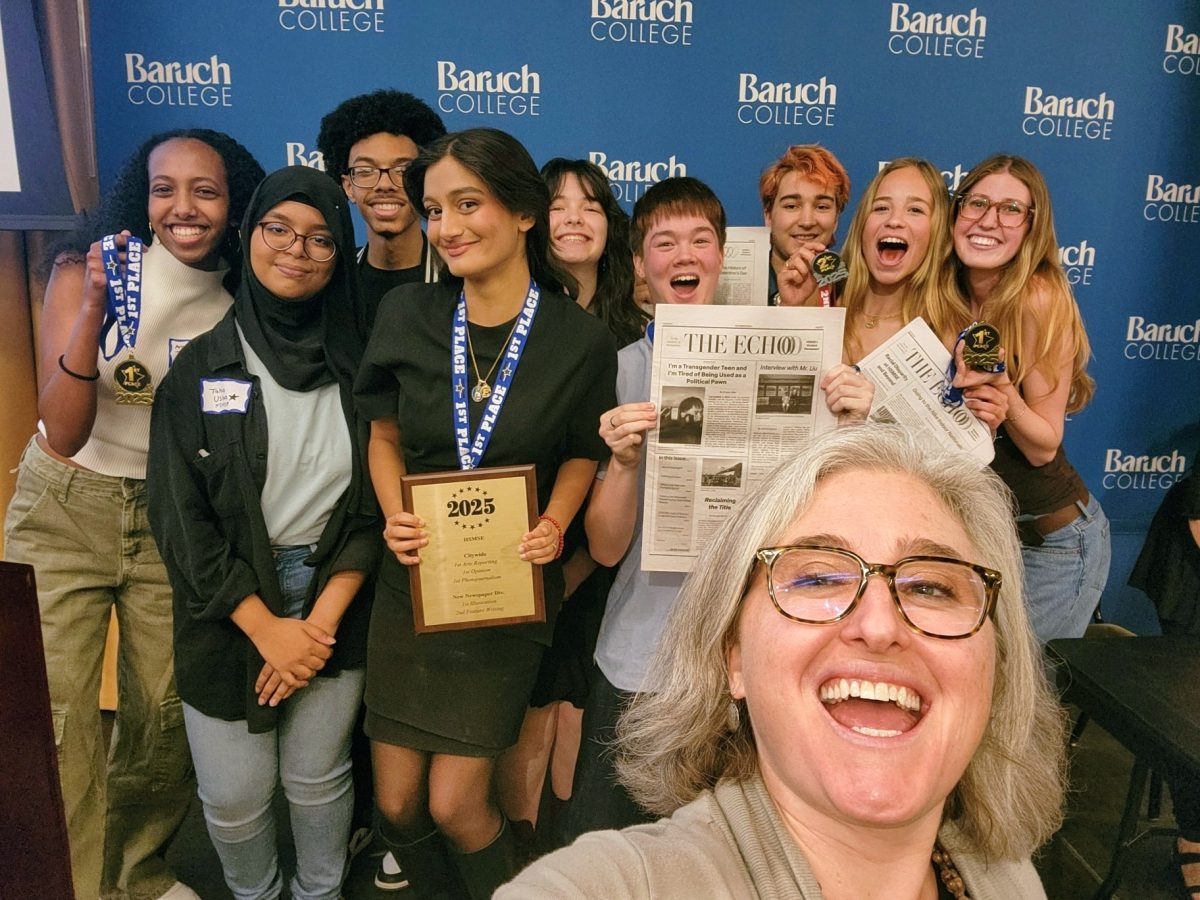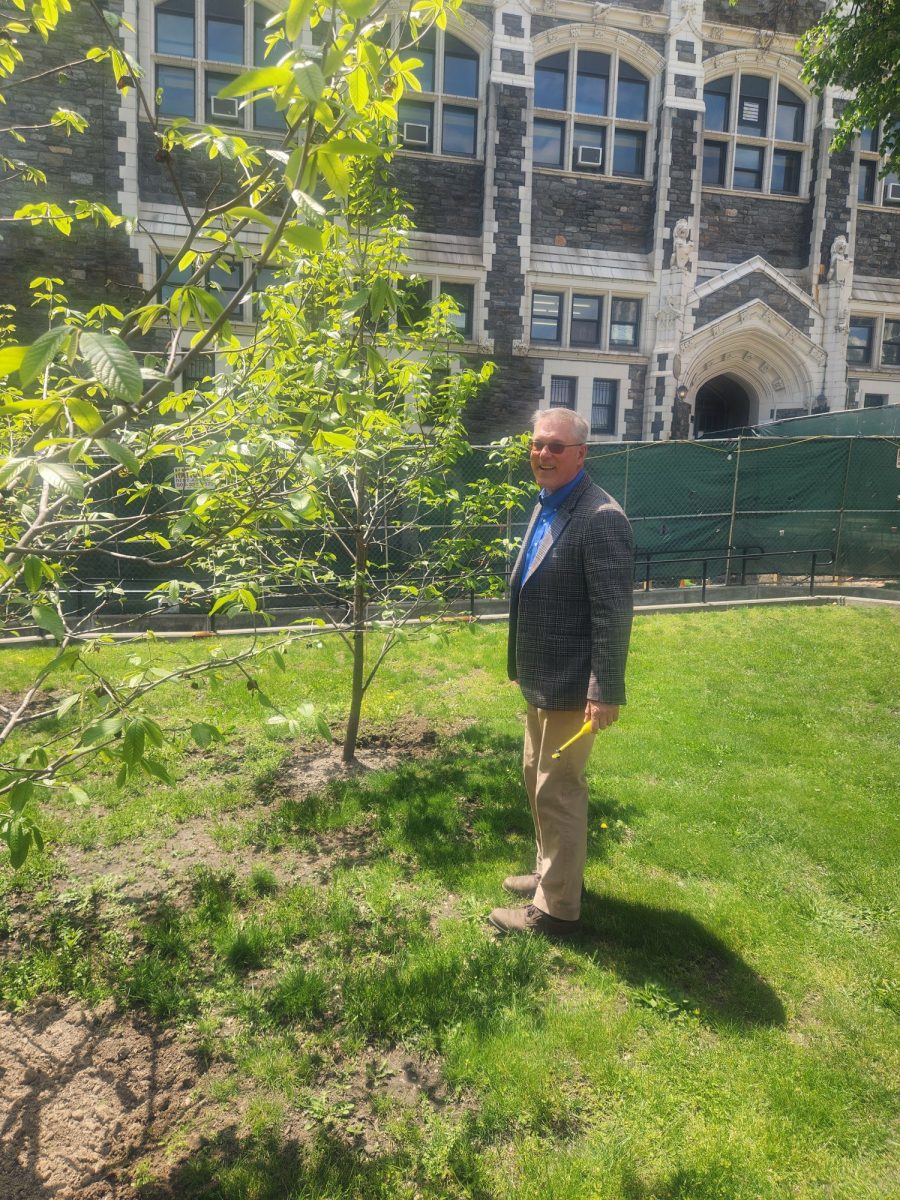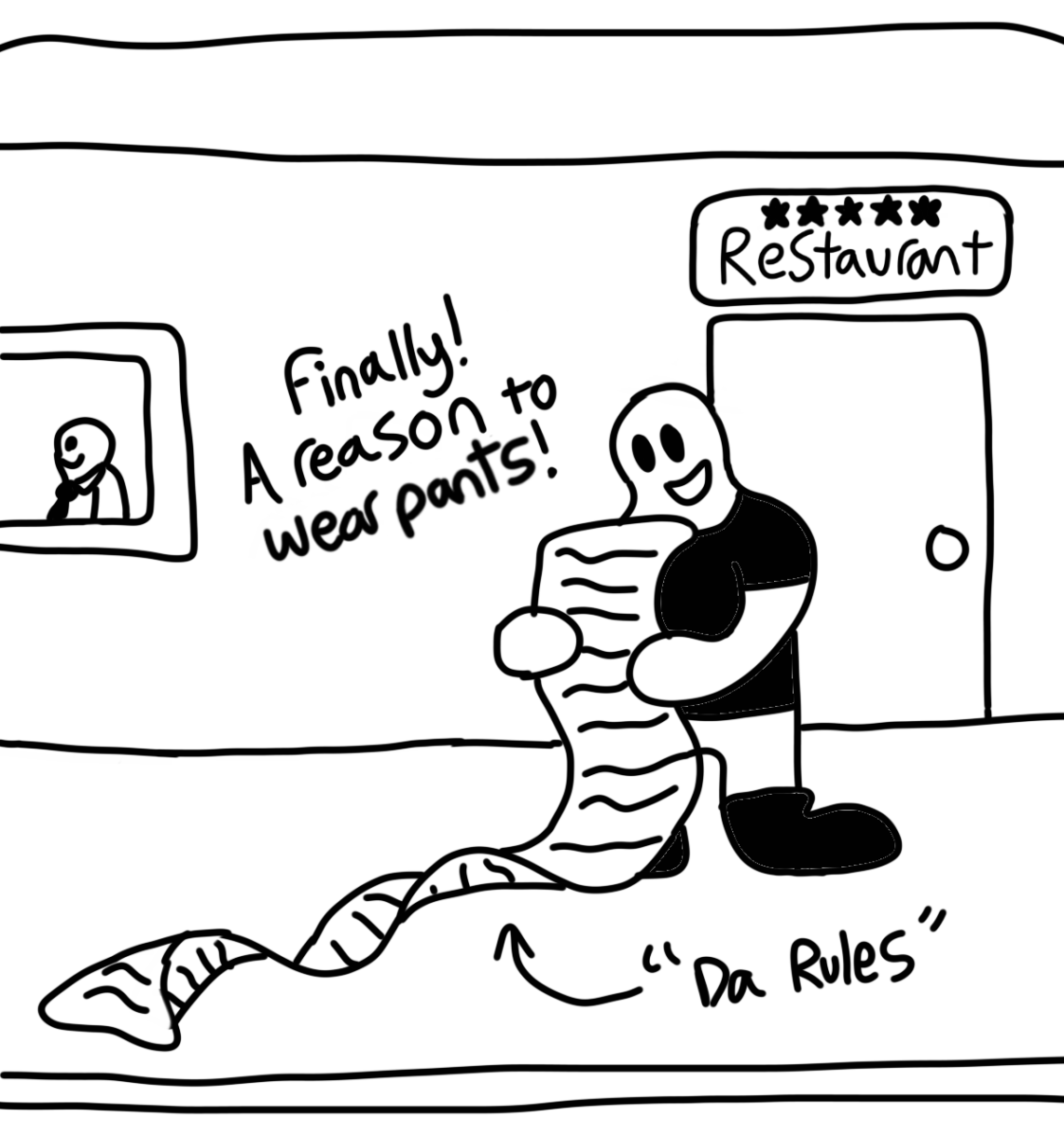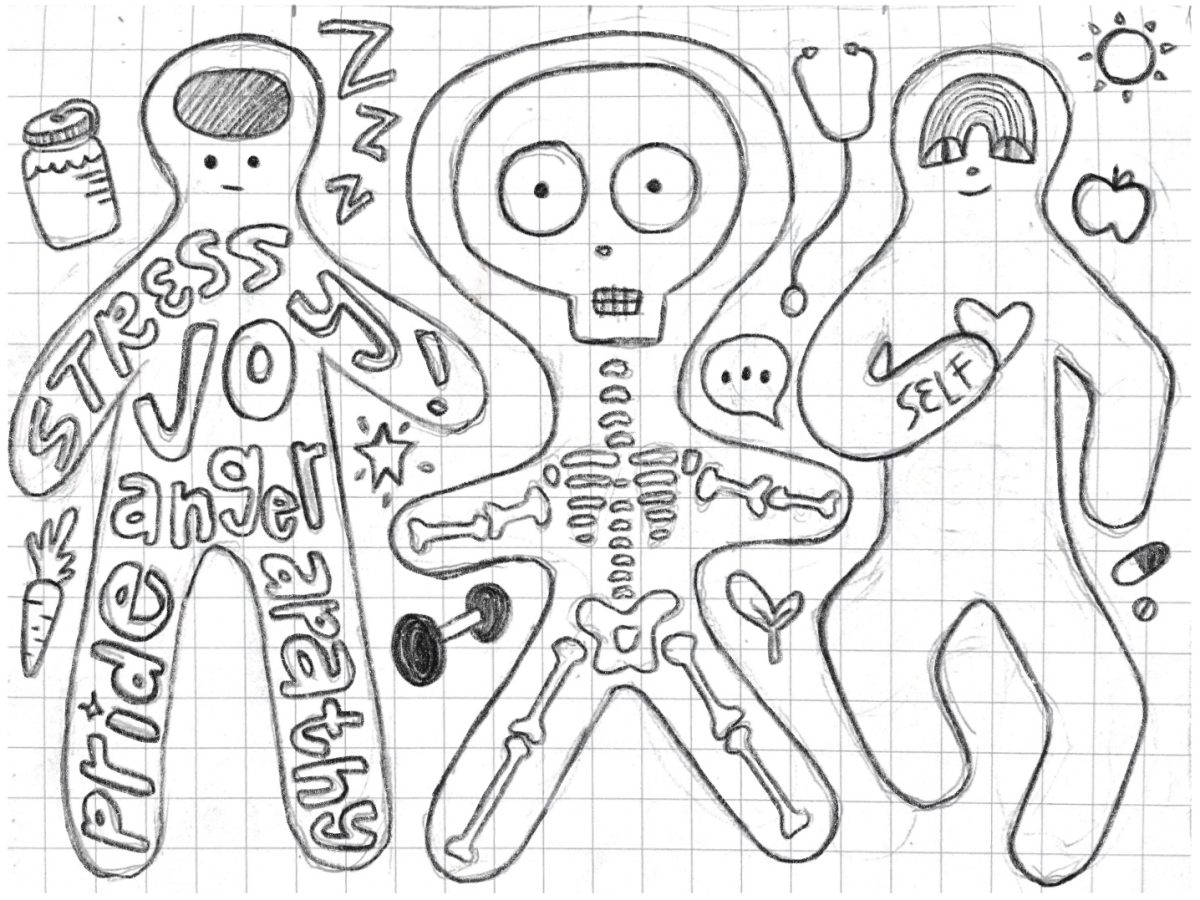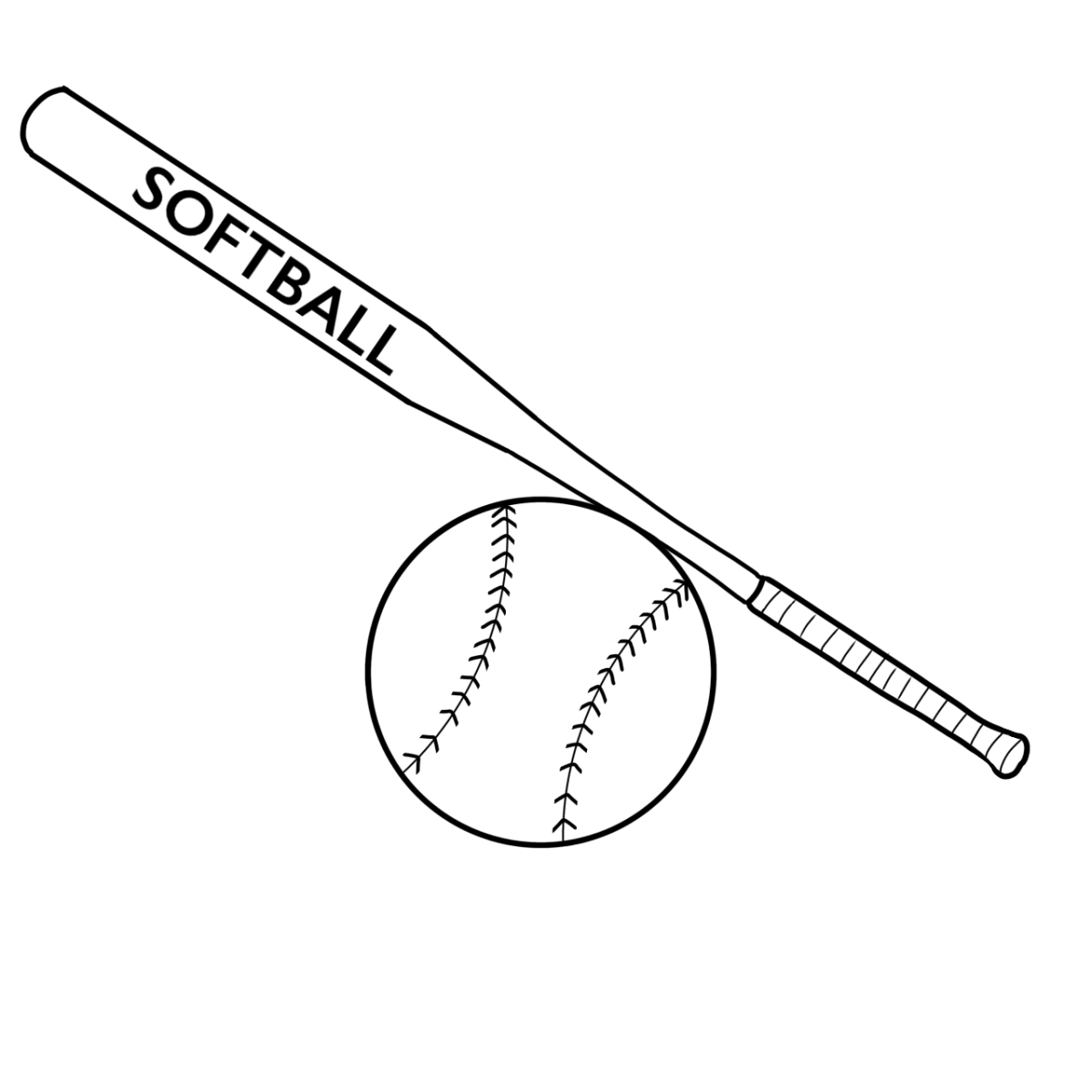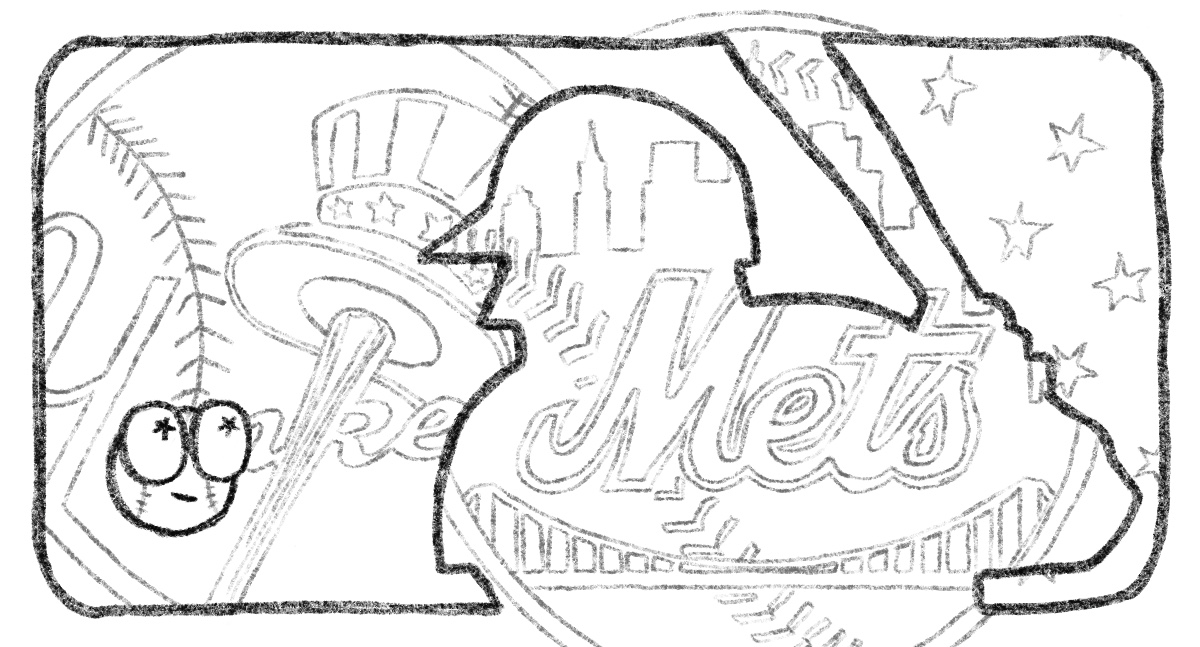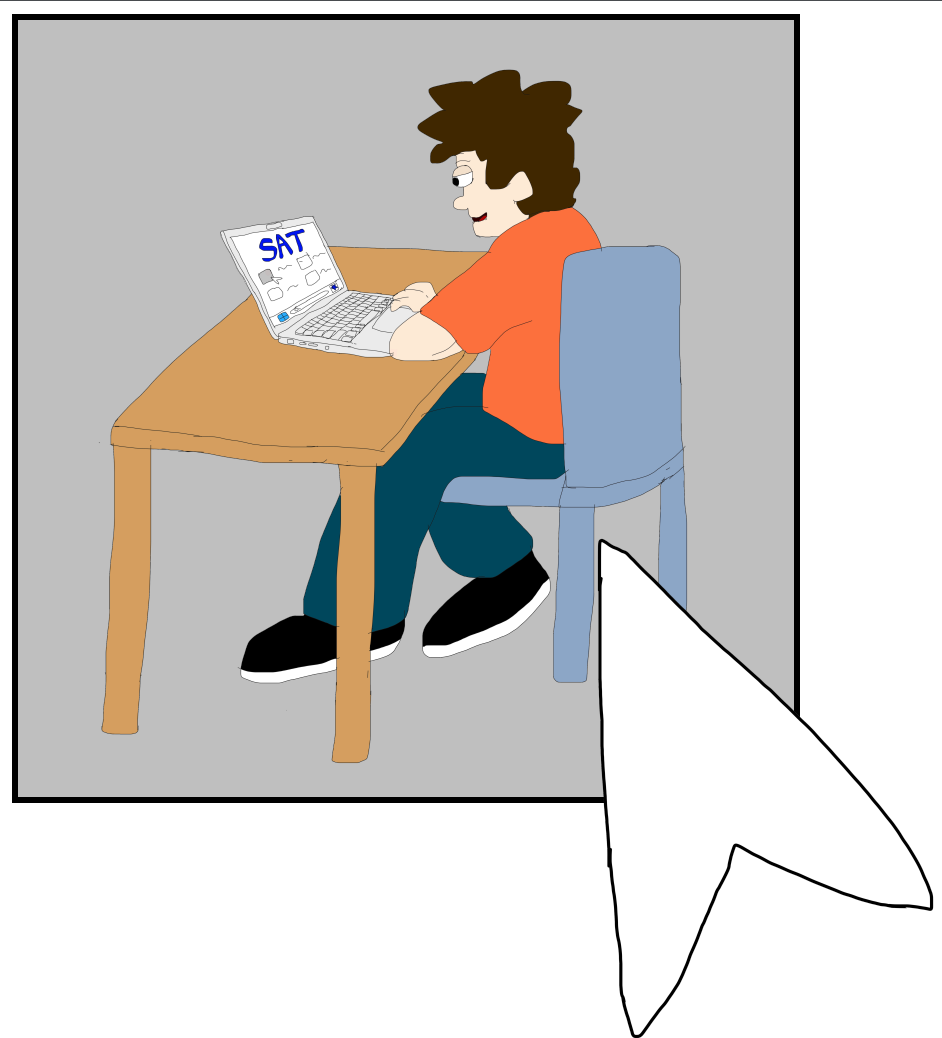On March 13th, HSMSE administered the very first digital version of the SAT. During the past few years post-pandemic, technology has been increasingly introduced in schools, now for standardized tests. The first digital SAT went smoothly for MSE, but students have varying opinions.
The test length was reduced from 154 questions to 98 questions, changing the time students spend from 3 hours to 2 hours. There are still 2 English sections and 2 math sections, but they are now adaptive, meaning that a student’s performance on the first module determines the difficulty level of the second. Students can only achieve high scores if they succeed on the first, and continue to do well on the more difficult version of the second. Additionally, the structure of the reading section changed — the paper version had a few longer passages, while the digital version has many shorter passages.
Overall, the digital SAT went seamlessly for MSE. There were no widespread connectivity or software glitches, though a few students faced challenges. For one person, the parentheses on their computer didn’t render, which posed difficulties on the math section, and in B11, there was a distracting noise coming from a pipe for the duration of the test. Generally, however, HSMSE was well prepared for the digital SAT and students didn’t experience major issues. This strongly contrasted with the administration of the digital PSAT back in fall 2023, which was very chaotic and disorganized. Software issues and poor communication delayed the test an hour for some students, leaving barely any time for lunch. Luckily, HSMSE learned from its mistakes on the practice test, and the actual SAT went much more smoothly.
Juniors who took the SAT were mostly indifferent or supportive of the transition from paper to screen. Jayden Cedano said “the change in length is very welcome,” as it’s much easier to focus on a shorter test. Joven Wu didn’t mind the digitization overall, but pointed out that when reading text on a screen, she could accidentally skip lines, and some students concentrate better with paper.
Many students would have liked more notice from the College Board about the digital SAT. Some people who preferred the paper version had to rush to take it back in the fall, leaving them less time to prepare. Also, those taking the paper fall version had to pay, whereas the digital spring version was free, making the paper less accessible. The digital version of the SAT certainly works, but some students wish that the SAT wasn’t becoming exclusively digital. Jamie Chin, a sophomore who’s taking the SAT next year, wishes students had the option to choose between paper or digital. He also noted that even though adaptive digital practice tests are available, one can’t look back at previous years’ tests to prepare, as people often do for the Regents.
Jayden Cedano brought to light that HSMSE’s experiences with the SAT alone aren’t all-encompassing; the test might have gone differently in other schools who may not have prepared as much or had reliable access to technology, especially in disenfranchised areas. Our school has excellent test performance, so the outcome of adaptive testing might be different for others. Ultimately, the experiences of many different students and schools over a couple more years are needed to fully determine the fairness of the SAT.








